The Essential Guide to Donation Page A/B Testing
Table of Contents Introduction What is A/B testing? A/B testing lingo Why should you run donation page A/B tests? What can you A/B test? How do you...
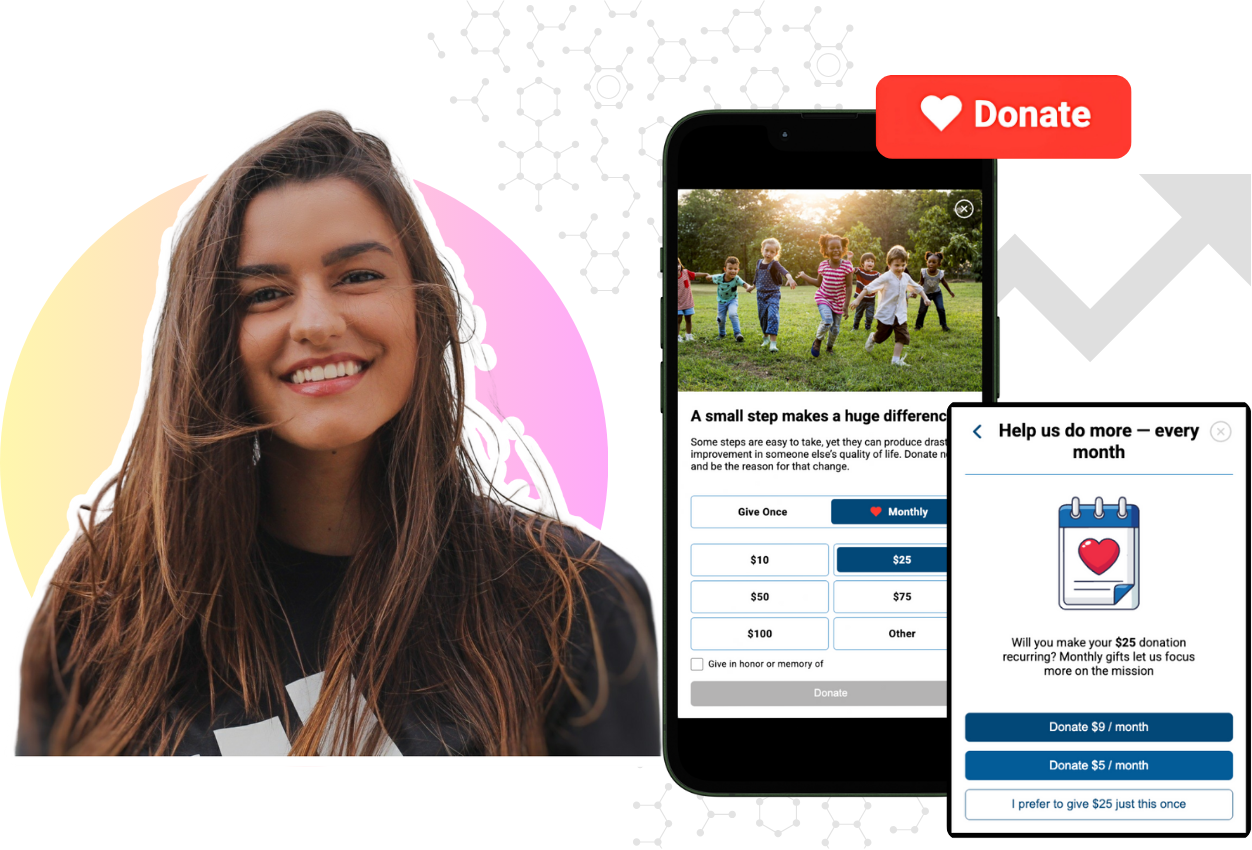
Mobile-First Pop-Up Donation Form
Launch mobile-first pop-up forms in minutes, use built-in tools to capture more donations, and optimize the giving experience—no dev team required.
New to online donation pages for your nonprofit? Start here.
Donation page A/B testing - no science degree needed.
Keep your donation page loading fast - and drive higher conversions.

The 4 Types of Online Donation Experiences
89% of donors leave without giving. Learn how to use the right donation form to close the gap and boost conversions.
6 min read
 Adam OBrien
:
January 13
Adam OBrien
:
January 13
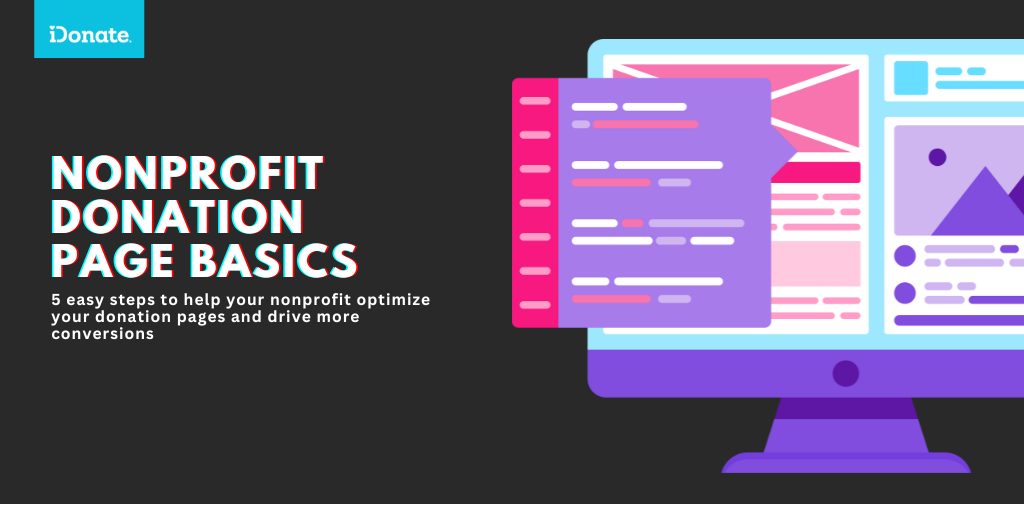
Imagine this: a potential donor clicks through to your nonprofit’s donation page, ready to support your mission. But something stops them—a cluttered layout, unclear messaging, or a confusing call-to-action.
This isn't hypothetical; according to the Nonprofit Learning Lab, the average nonprofit donation page sees a 50-70% abandonment rate, meaning up to 7 out of 10 potential donors leave without completing their donation.
The good news? A few simple tweaks can significantly boost donations. This guide walks you through how to create a high-converting nonprofit donation page using data-backed insights and proven best practices.
A nonprofit donation page is more than just a form; it's your nonprofit's chance to connect emotionally with donors and inspire action. Every element—from the headline to the call-to-action—plays a role in whether a visitor completes their donation or clicks away.
What Works (and What Doesn’t):
According to research, headers with navigational links and multiple calls-to-action distract users and reduce donations. In fact, removing a donate button from the header increased donations by 195% in one test.
How to Apply This:
Here's an example of what having no header navigation looks like in action:

A strong value proposition is at the heart of every high-converting nonprofit donation page. It’s your opportunity to explain how your nonprofit is making a difference and why donors should support your mission.
So, what is a value proposition for a nonprofit? It’s a unique statement that outlines how your mission is making a positive impact or solving a particular problem in the world. It’s what sets you apart from other nonprofits and compels people to donate.
A great value proposition isn't just about words—it’s about strategy. The most effective ones include these four elements:
Clarity: Be clear and direct about your mission, your needs, and the impact a donation will have. Confusion kills conversions, so don’t leave donors guessing. Use simple, straightforward language to communicate: What your nonprofit does, why donations are needed, and how donors will make a tangible impact.
Credibility: Trust is critical when asking for donations. Incorporate real stories from donors or quotes from people whose lives have been impacted by your mission. This not only builds trust but also drives higher conversion rates.
When writing a value proposition for your donation page, think about the one thing you want donors to take away. It should answer the question: “Why should I donate to this nonprofit instead of another one?”
Example of a Value Proposition in Action:
"Your $25 donation provides a week’s worth of food to a family in need. Together, we can fight hunger one meal at a time."
The statement is:
Spend time refining your value proposition and testing its placement. The right message, presented in the right way, can transform your donation page’s performance.
A nonprofit website donation form is an online form hosted on a nonprofit's website, allowing visitors to make donations directly through the site. These forms are critical to the donor experience and typically collect essential information, such as:
But having a form is only the first step. How it's designed and structured will determine if potential donors follow through. Here’s an outline of the key sections every donation form should include—and how to optimize each for maximum conversions.
The first thing to include in every donation form is the gift frequency option—whether the donation is a one-time contribution or a recurring gift. Asking this question upfront gives donors flexibility and improves the likelihood of completing the donation.
Optimization Tip: Using a tabbed donation form for giving options (e.g., "One-Time" and "Monthly" tabs) can increase donations by 15%.
This section allows donors to select the amount they wish to contribute and how they’ll make the payment. Thoughtful design here can significantly impact conversions.
Best Practices for Gift Amounts:
Payment Options:
After selecting a gift amount, donors should choose how they want to pay. Offer widely accepted methods like credit card, debit card, and ACH transfers, while being cautious with third-party platforms like PayPal, which can sometimes deter completions.
Optimization Tip: Test an open gift field alongside preset amounts to see if it increases the average donation size.
This section is where you capture essential information about your donor, such as their name, contact details, and billing information. The goal here is to minimize friction and make the form easy to complete.
Layout Best Practices:
Group related fields logically to create a natural flow. For example:
Reduce visual overwhelm by limiting the number of visible fields at once and pre-populating fields where possible (e.g., city/state based on ZIP code).
Optimization Tip: Reinforce trust and security by adding a small padlock icon next to the payment section, paired with language like "Your information is secure." This simple step can increase conversion rates by 20%.
When designing your donation form, ensure it is fully visible from the start (a single-step form). Multi-step forms, where donors need to click "Next" to proceed, often result in a drop-off. In fact, failing to use a single-step form can lead to a 52% drop in donations.
With iDonate, all these elements—clean layouts, customizable gift arrays, secure payment processing, and more—are standard, ensuring your nonprofit can maximize donations with ease.
The billing information section is where donors complete their gift, and even small design missteps here can lead to abandoned donations. Keeping this section simple and providing clear assurances about transaction security are critical to maximizing conversions.
To make the form feel intuitive and less overwhelming, group related fields together. For example:
Keeping fields grouped not only enhances the flow but also reduces the cognitive load for donors, increasing the likelihood of completion.
A cluttered or overly long billing section can cause donors to drop off before completing their gift. Keep the layout simple by:
Security concerns are a major reason potential donors hesitate to complete their transaction. Build trust by:
Stat Insight: Reinforcing security with icons and trust-focused copy can increase conversion rates by 20%.
The placement and design of your billing section should be tested to see what works best for your audience. For example, you might test:
Donation pages that minimize field requirements and emphasize security see higher completion rates, with streamlined forms boosting conversions by up to 39.4%.
Your nonprofit isn't alone—data from the NextAfter Benchmark Report reveals trends that can help you improve your donation page. For example:
📌 Learn More: NextAfter Digital-First Fundraising Benchmarks
Your donation page is more than a transaction point—it’s an opportunity to inspire and engage donors. By simplifying your header, clarifying your value proposition, and streamlining your forms, you can significantly boost donations. Remember, even small changes—like using larger buttons or adding trust icons—can have a big impact.
Take the first step today by applying these strategies and tracking your results. Together, let’s make giving easy, impactful, and inspiring.
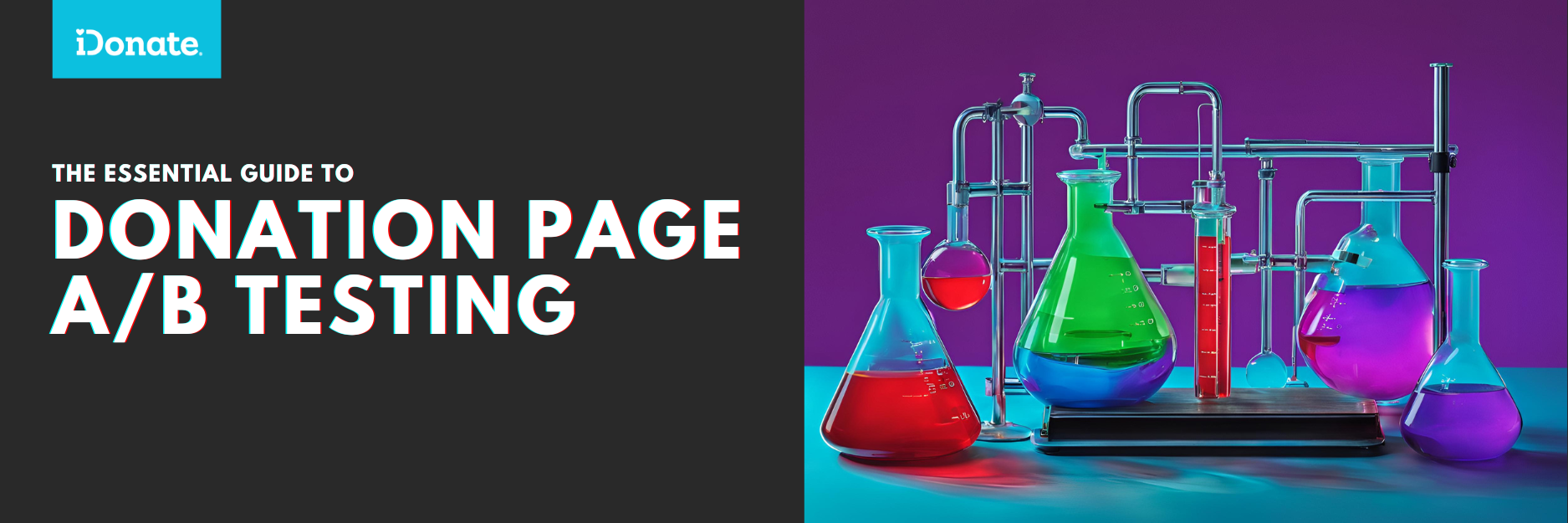
Table of Contents Introduction What is A/B testing? A/B testing lingo Why should you run donation page A/B tests? What can you A/B test? How do you...
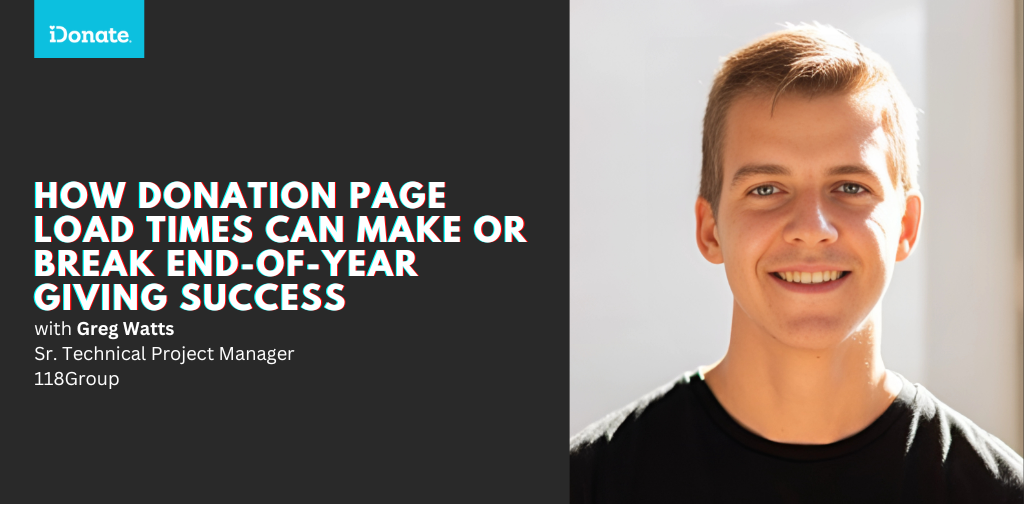
As the end of the year approaches, nonprofits are gearing up for one of the busiest and most critical fundraising seasons: the year-end giving push....
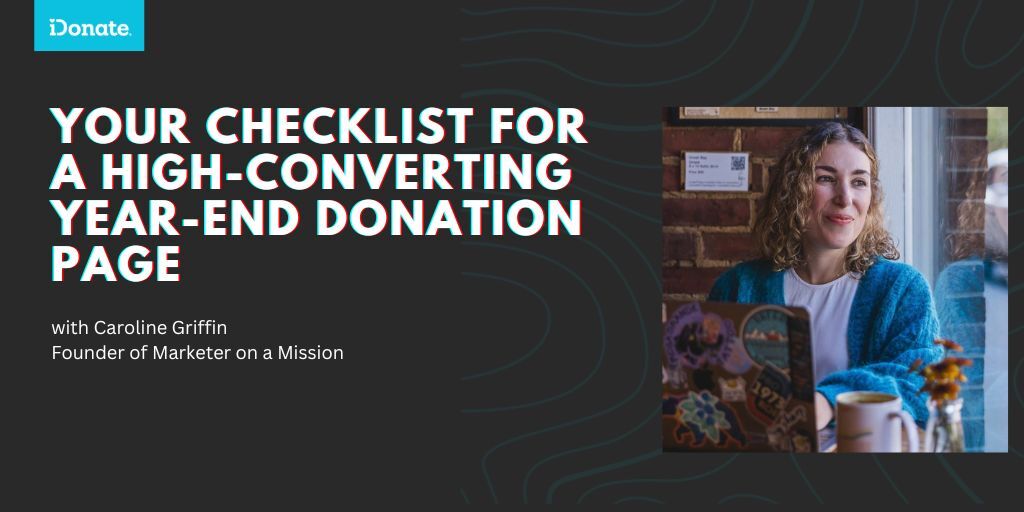
It’s that time, friends! Time to get your year-end campaign planning in motion. If you struggle to get started, I recently published an article...